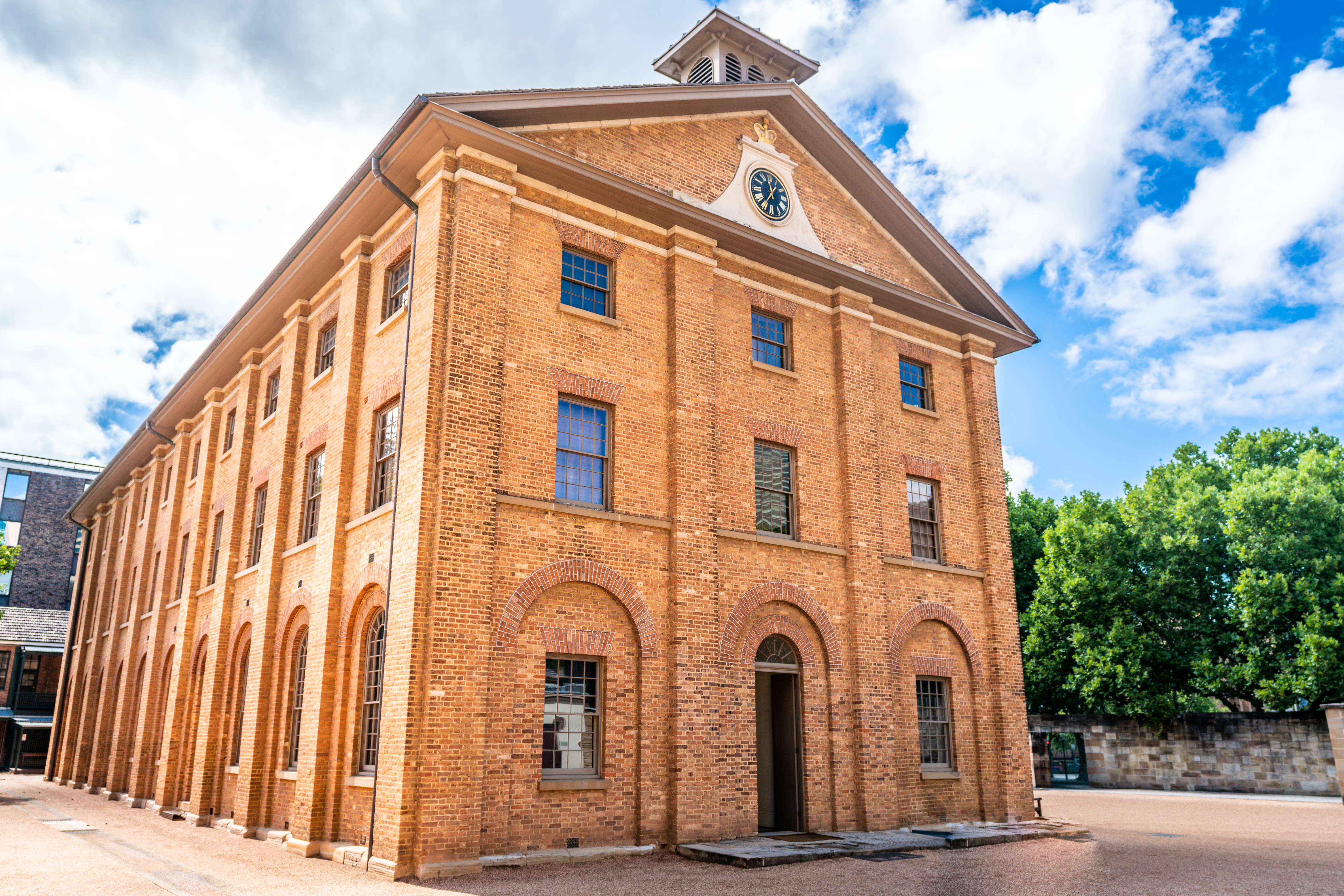Greenway, Francis (1777-1837), a convict, was Australia’s first fully qualified architect. He designed more than 40 buildings. However, only 11 of the buildings have survived, and even these have been greatly altered. The best of them are among Sydney’s finest historic buildings.
Francis Howard Greenway was born on Nov. 20, 1777, near Bristol, England. In 1814, he was transported to New South Wales for forgery. He quickly gained a ticket of leave, a permit that granted him freedom before the end of his sentence, and practiced as an architect. Governor Lachlan Macquarie appointed him civil architect in 1816. Greenway’s first work was a lighthouse on the South Head of Port Jackson. The design pleased Governor Macquarie so much that on its completion in 1818 he gave Greenway his emancipation, which meant Greenway was free but could not leave Australia.
Greenway’s other buildings in New South Wales include St. Matthew’s Church in Windsor, designed in 1817; St. Luke’s in Liverpool, dating from 1818; and the Parish Church of St. James the Greater in Sydney, completed in 1822. Hyde Park Barracks, in Sydney, which was built to house convicts, was completed in 1819. It is now a museum. 
Macquarie and Greenway quarreled in 1822. Macquarie’s successor, Thomas Brisbane, dismissed Greenway from his official position. He died in poverty in September 1837.
See also Architecture; Sydney.
